1. Q: What is Labradorite?
A: Labradorite is a type of feldspar mineral that is known for its striking play of colors, known as labradorescence, which gives it a unique and captivating appearance.
2. Q: Where is Labradorite found?
A: Labradorite is found in various locations around the world, including Canada, Finland, Madagascar, Russia, and the United States. One of the most famous sources is Labrador, Canada, from which it gets its name.
3. Q: What causes the colorful play of colors in Labradorite?
A: The colorful play of colors in Labradorite, known as labradorescence, is caused by the interference and scattering of light by internal structures in the stone. This creates a shimmering effect with hues ranging from blue and green to gold and orange.
4. Q: What are some common uses of Labradorite?
A: Labradorite is often used in jewelry making, such as necklaces, bracelets, and earrings, due to its captivating appearance. It is also used as decorative pieces, in sculptures, and as an ornamental stone in various crafts.
5. Q: What metaphysical properties are associated with Labradorite?
A: Labradorite is believed by some to possess metaphysical properties, including promoting intuition, transformation, and protection against negative energies. It is often used in spiritual practices and meditation.
6. Q: How is Labradorite formed?
A: Labradorite forms within igneous rocks, particularly in the presence of plagioclase feldspar minerals. The interaction of different minerals during the cooling and solidification of molten rock gives rise to its unique appearance.
7. Q: What is the hardness of Labradorite on the Mohs scale?
A: Labradorite has a hardness of around 6 to 6.5 on the Mohs scale, making it relatively durable for use in jewelry and decorative items.
8. Q: How should Labradorite be cared for?
A: Labradorite should be handled with care to prevent scratches or impacts. It’s recommended to clean it with mild soap, warm water, and a soft cloth. Avoid exposing it to harsh chemicals or sudden temperature changes.
9. Q: Can Labradorite be enhanced or treated?
A: Labradorite is typically not treated or enhanced, as its labradorescence is a natural property. However, some stones might be shaped or polished to enhance their appearance and reveal the play of colors.
10. Q: Are there variations of Labradorite based on color?
A: Yes, Labradorite can exhibit a range of colors within its labradorescence, including blues, greens, golds, and even purples. The intensity and combination of colors can vary, making each piece unique.

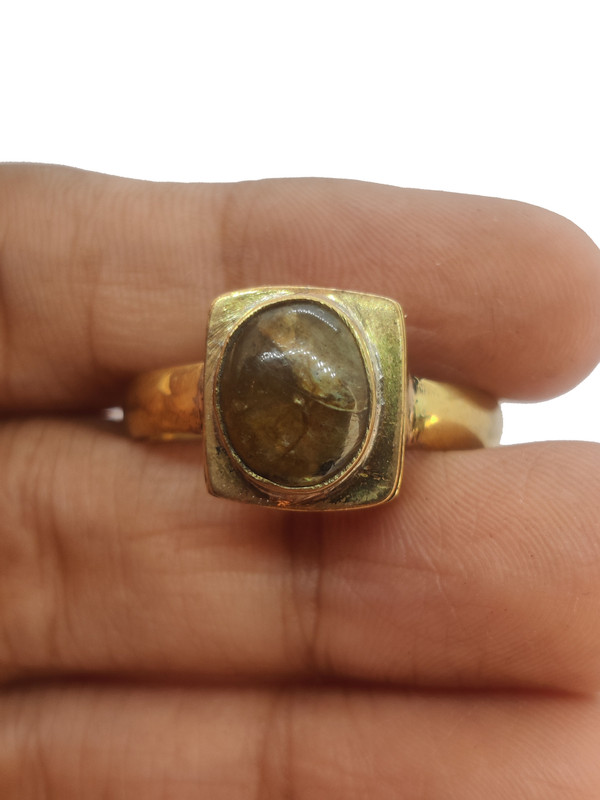
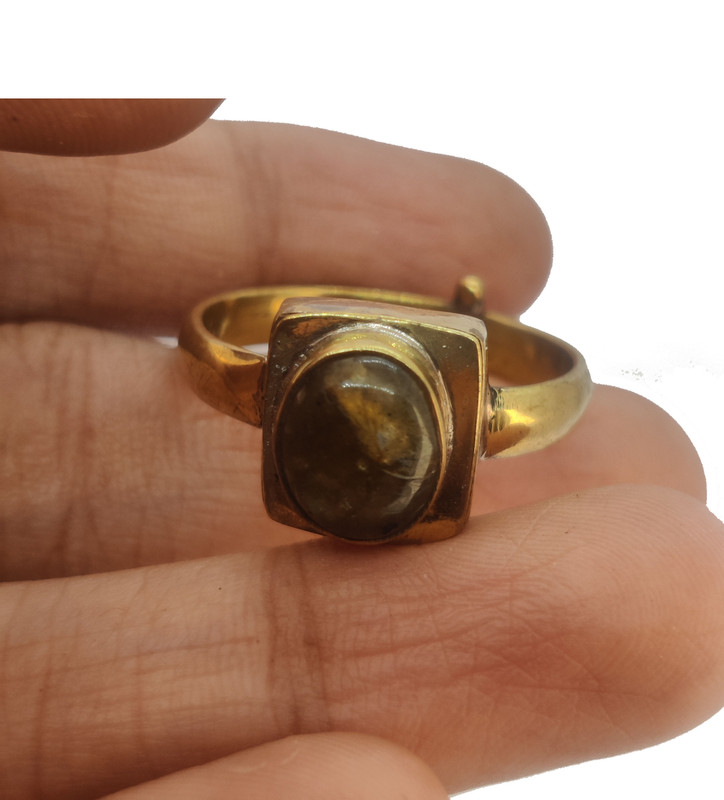
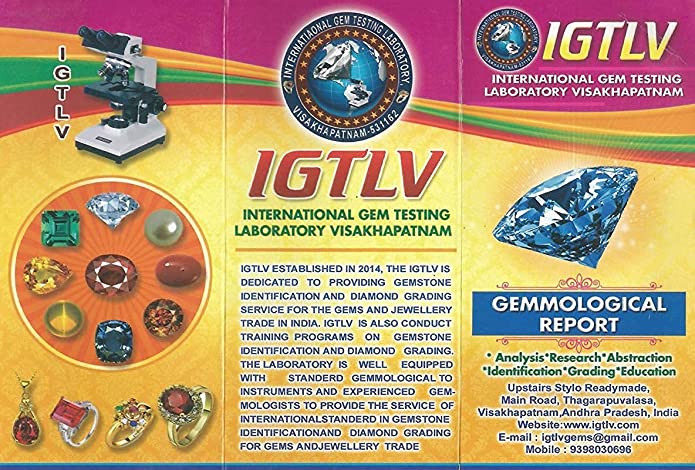
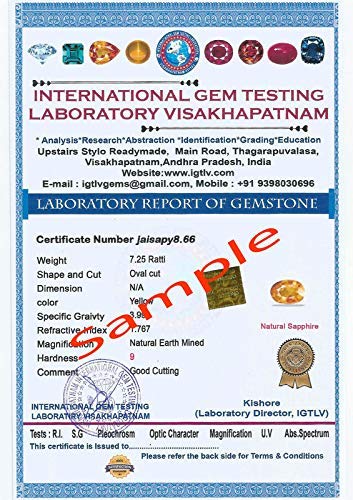
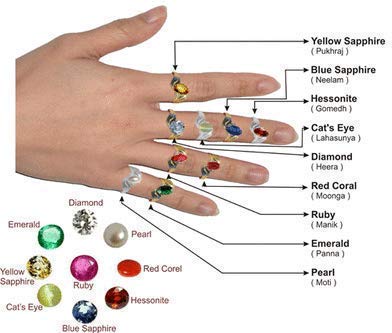




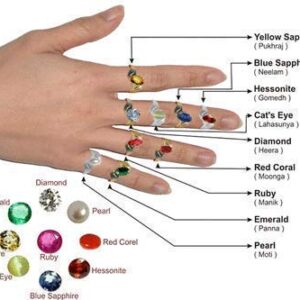

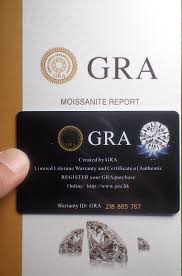







4.85
33 reviews for Panchadhatu Natural labradorite Ring for Unisex 3.25 Ct to 12.25 Ct Certified Ring Adjustable
There are no reviews yet.